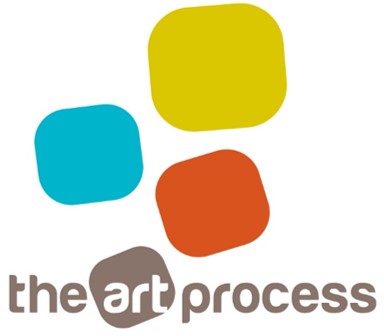Quiet Quitting in the workplace
Unveiling the Silent Resignation: Quiet Quitting
Unlike a conventional resignation, quiet quitting is an intricate process where employees disengage emotionally and mentally from their work, all without making a formal announcement. In this blog, we'll explore the intricacies of quiet quitting, its potential impact on both employees and employers, and ways that The Art Process can help.
“Dismissing quiet quitting as a news trend risks further disengagement and overlooks the genuine reason employees are taking a step back”. I read in an ioffice blog recently. “Is quiet quitting about bad employees or bad management?” they questioned.
Signs of Quiet Quitting:
Reduced Engagement: Employees who are quietly quitting often show signs of disinterest in their work. They may become less engaged during meetings, contribute less to team discussions, and generally show a decline in proactive behavior.
Decreased Productivity: A noticeable decline in productivity can be a telltale sign of quiet quitting. Tasks that were once executed with enthusiasm and efficiency may now be completed with minimal effort and attention.
Limited Communication: Employees on the path of quiet quitting tend to limit their communication with colleagues and superiors. They may withdraw from social interactions, avoiding water-cooler conversations and team-building activities.
Increased Absenteeism: A spike in absenteeism or an uptick in the use of sick days can indicate a silent expression of dissatisfaction. Individuals may opt for physical or mental health days to distance themselves from the workplace.
Impact on Employers:
Decreased Team Morale: The negative energy associated with an employee who is quietly quitting can permeate the team environment, leading to decreased morale and motivation among colleagues.
Loss of Productivity: The gradual decline in an employee's commitment and effort can result in a noticeable loss of productivity for the entire team or department.
Talent Drain: Quiet quitting can lead to the loss of valuable talent without the organization having the opportunity to address underlying issues and retain skilled employees.
Navigating Quiet Quitting:
Open Communication Channels: Employers should foster an environment where employees feel comfortable expressing concerns and frustrations. Open communication channels can help identify and address issues before they escalate.
Regular Check-ins: Regular one-on-one check-ins between employees and their supervisors can provide insights into their emotional well-being and job satisfaction. These sessions can be used to address concerns and find collaborative solutions.
Reignite Passion: Encourage employees to take on new challenges, participate in training programs, and explore different aspects of their roles to reignite their passion for their work.
Opportunities for Creative Outlets is a powerful means to combat worker burnout.
How can The Art Process offer Support?
We design custom art workshops to fit into your company’s wellness or retreat programs. Building in time for creativity in the workplace allows your team members to feel less stressed, more connected and have the freedom to think outside the box. This in turn opens space for dialogue and creative problem solving. Our customized workshops promote a strong, safe team building atmosphere in which workers have felt more at ease to discuss their concerns. Art making somehow breaks down barriers since it creates a vulnerable and equal space where participants are given the same prompts and guidance but can express the challenge in their individual way.
“As a collaborator, Kathy is an extraordinary listener and partner. She is so committed to crafting unique artistic endeavors to realize the vision we were seeking to achieve in our organization.”

